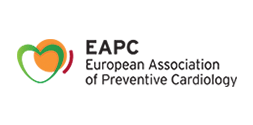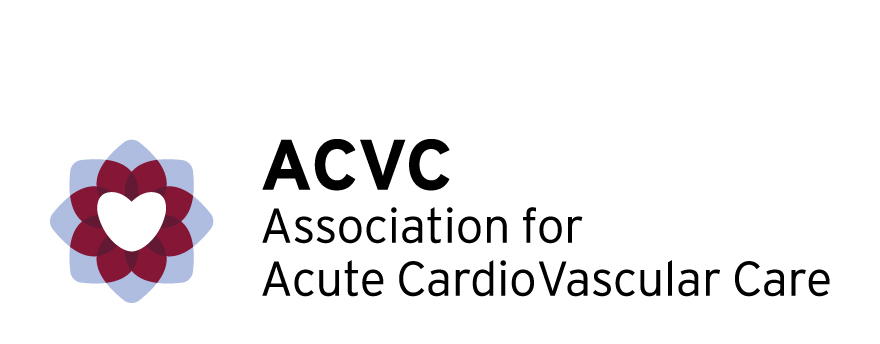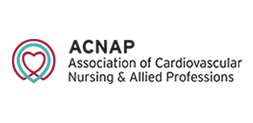Physical exercise training promotes faster recovery from heart disease and prevents new heart problems
Physical exercise training lowers the risk of early death in patients with coronary heart disease by approximately 40% and reduces the likelihood of hospitalisation in patients with heart failure. This is due to its positive impact on blood cholesterol, blood pressure, waist circumference, blood sugar, physical fitness and muscle strength. Read on for advice about intensity, volume and type of exercise.

How much physical activity do I need to do?
People with heart disease should do moderate intensity aerobic exercise at least 30 minutes a day. Aerobic exercises like walking, jogging, cycling, rowing, swimming, and cross-country skiing will increase your endurance. The type of exercise is less important than the amount. The more often you exercise, and the longer the session, the greater the impact on your health and life expectancy (Read more on sedentary lifestyle and what you can do to take action).
How do I know I am exercising at moderate intensity?
There are two ways:
- Monitor your heart rate with a smartwatch, fitness tracker or chest strap. Moderate intensity means training at 64% to 76% of your peak heart rate. Peak heart rate is estimated by subtracting your age from 220, unless you take medications (such as beta blockers) that change heart rate.
- The talk test is the easiest method. Gradually increase your speed or load until talking becomes too difficult (you sometimes need to gasp for air to talk comfortably). Slightly reduce your speed or load so you can talk while exercising. This is moderate intensity.
Resistance exercise should be done at least twice a week to improve muscle strength and mass, both of which help optimise long-term health. For each large muscle group, do 3 sets of 8 to 12 repetitions with a 1 to 2 minute recovery in between. The weight must be sufficiently high that the final repetition can be executed properly and another repetition would be impossible.
In addition to achieving your weekly targets for aerobic and resistance exercise, keep active in your daily life and minimise sitting time. There is compelling evidence that sitting too much increases the risk of early death. Wear a step counter at hip level to assess how much you move during the day. Set yourself a target to aim for each day.



